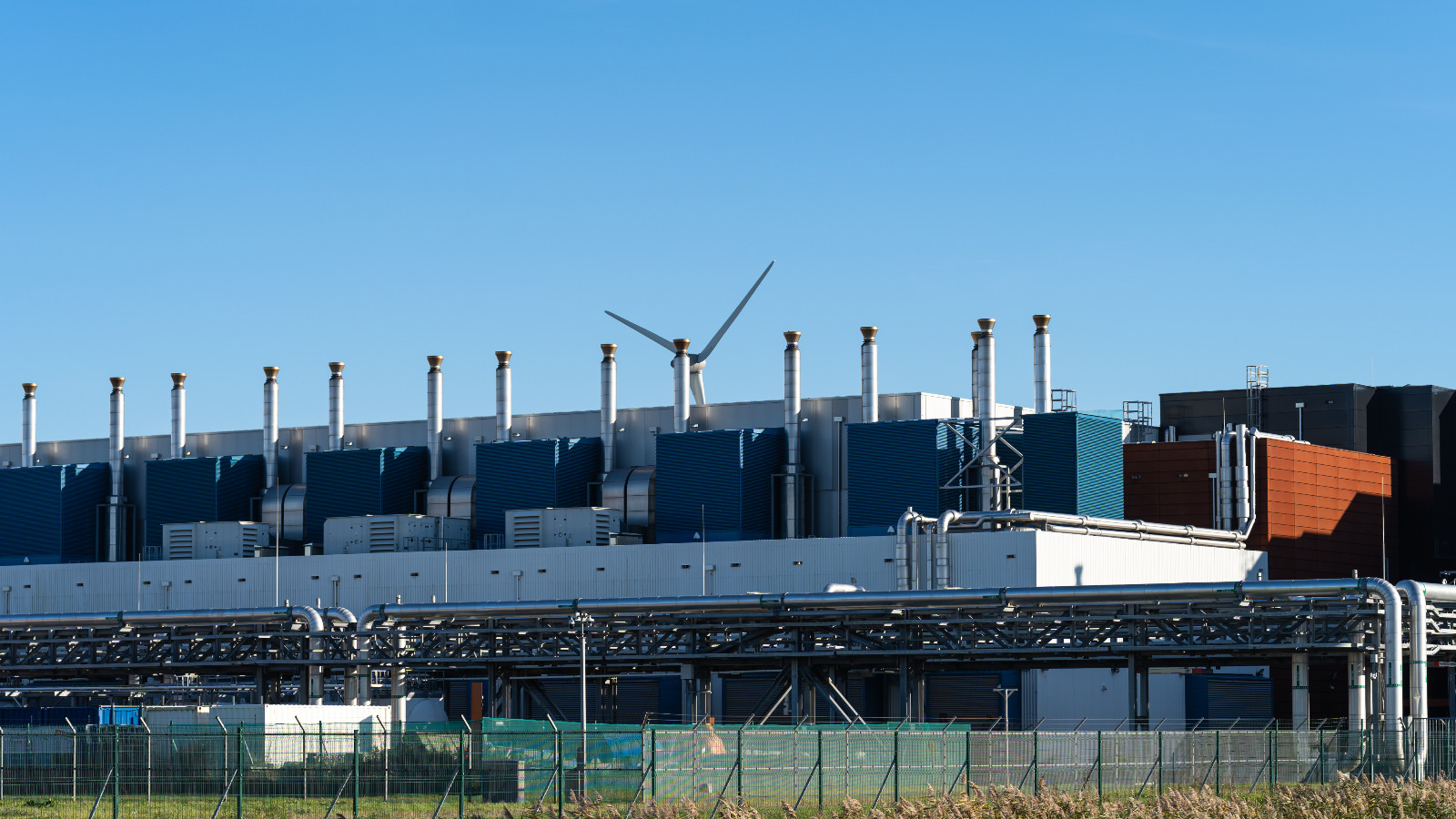Clint Noble, Senior Sales Manager – Large Electric Power Systems at Finning UK & Ireland, examines how data centre growth can be supported while minimising emissions.
The global data centre market is experiencing exponential growth, driven by the relentless expansion of cloud computing, AI, and the Internet of Things. In Ireland alone, there are currently 82 data centres in operation, with 14 more under construction and plans approved for an additional 40. This trend is mirrored across the UK and other tech hubs worldwide, reflecting the insatiable appetite for digital services.
As data centres proliferate, their energy consumption has become a pressing concern. In Ireland, data centres consumed approximately 5.3 TWh of electricity in 2022, accounting for around 17% of the country’s electricity demand – nearly equivalent to the consumption of all urban dwellings. This surge in power demand presents significant challenges for grid operators and policymakers.
Energy security and geopolitical considerations
The concentration of data centres in specific regions raises questions about energy security and grid stability. In Ireland, EirGrid forecasts that data centres could account for up to 29% of electricity consumption by 2028. This has led to tighter regulations on grid connections for new data centres, with authorities prioritising applications based on their potential impact on system stability and reliability.
Geopolitical factors also play a crucial role in data centre planning. The choice of location for these facilities is influenced by factors such as access to renewable energy sources, political stability, and international data protection regulations. As countries compete to attract data centre investments, they must balance economic benefits with the strain on local infrastructure and resources.
Edge vs. centralisation
The data centre landscape is experiencing two concurrent trends: the rise of edge computing and the construction of larger, centralised facilities.
Smaller facilities located closer to end-users, offer potential benefits in terms of reduced latency and improved redundancy. This distributed model could theoretically reduce overall power consumption by creating a more resilient and dynamic system.
Despite the potential advantages of an edge model, the trend towards larger, centralised data centres persists. This is primarily driven by cost considerations, as larger facilities currently offer economies of scale.
The green grid: Aspirations and obstacles
The data centre industry is increasingly focused on sustainability, with many operators setting ambitious carbon neutrality goals. However, the path to a green grid is fraught with challenges.
While renewable energy sources already play a role, their intermittent nature poses challenges for data centres that require constant, reliable power, which is where diesel power comes in.
Backup power
Despite the push for greener alternatives, diesel generators remain a critical component of data centre backup power systems. Their reliability and ability to handle fluctuating loads make them indispensable for ensuring uninterrupted operations. Modern diesel generators have advanced to be some of the most fuel and energy-efficient options in the market. They are a reliable choice, require minimal maintenance, offer quick start-up times, and benefit from diesel’s wide availability.
Several alternatives to diesel generators are being explored. Fuel cells hold the promise of clean energy but this fledgling technology faces challenges in scalability and response times. Gas-powered generators offer lower emissions, but they aren’t currently able to respond to fluctuations in demand as rapidly as a diesel generator. As fuel for backup power needs to be stored onsite to be completely reliable, gas also causes far greater space and safety considerations than liquid fuels.
Hydrotreated Vegetable Oil (HVO) certified to EN1590 and biodiesel represent viable options as they offer the same performance as diesel. As these fuels only release the same carbon that has been removed from the atmosphere by the plants they are made from, they are much more sustainable. Biodiesel suffers from a short storage life, which hampers its use in backup power applications, whereas HVO is much more stable.
HVO’s whole-lifecycle carbon emissions are about 70% lower than diesel and the two fuels can be used interchangeably in most standard diesel engines, with HVO also reducing particulate matter emissions. So, HVO does show great promise for use in data centre standby applications, with the main challenges right now being demand driving higher pricing and less availability.
Pragmatic power
As the data centre industry continues to evolve, a pragmatic approach to power solutions is essential. While the long-term goal remains a transition to more sustainable energy sources, liquid fuel generators are likely to play a crucial role in ensuring data centre reliability for the foreseeable future.
The key lies in partnering with experienced providers who can offer comprehensive power solutions tailored to each data centre’s unique requirements. These partnerships should focus on optimising efficiency, minimising environmental impact, and ensuring uninterrupted operations.
As we navigate the complexities of powering our digital future, collaboration between data centre operators, power solution providers, and policymakers will be crucial. By working together, we can develop innovative approaches that balance the growing demand for data processing with the imperative of environmental sustainability.
This article originally appeared on our sister publication, Data Centre Review.


